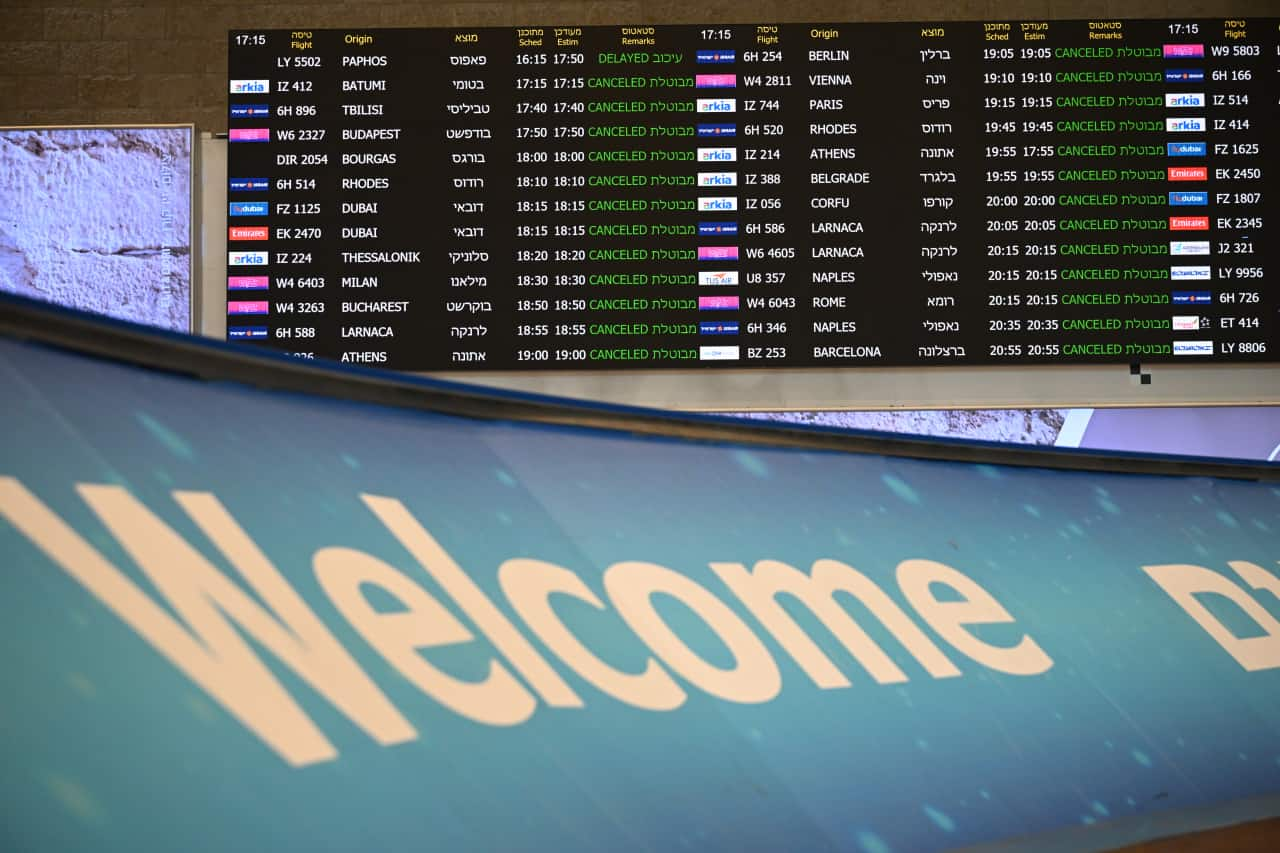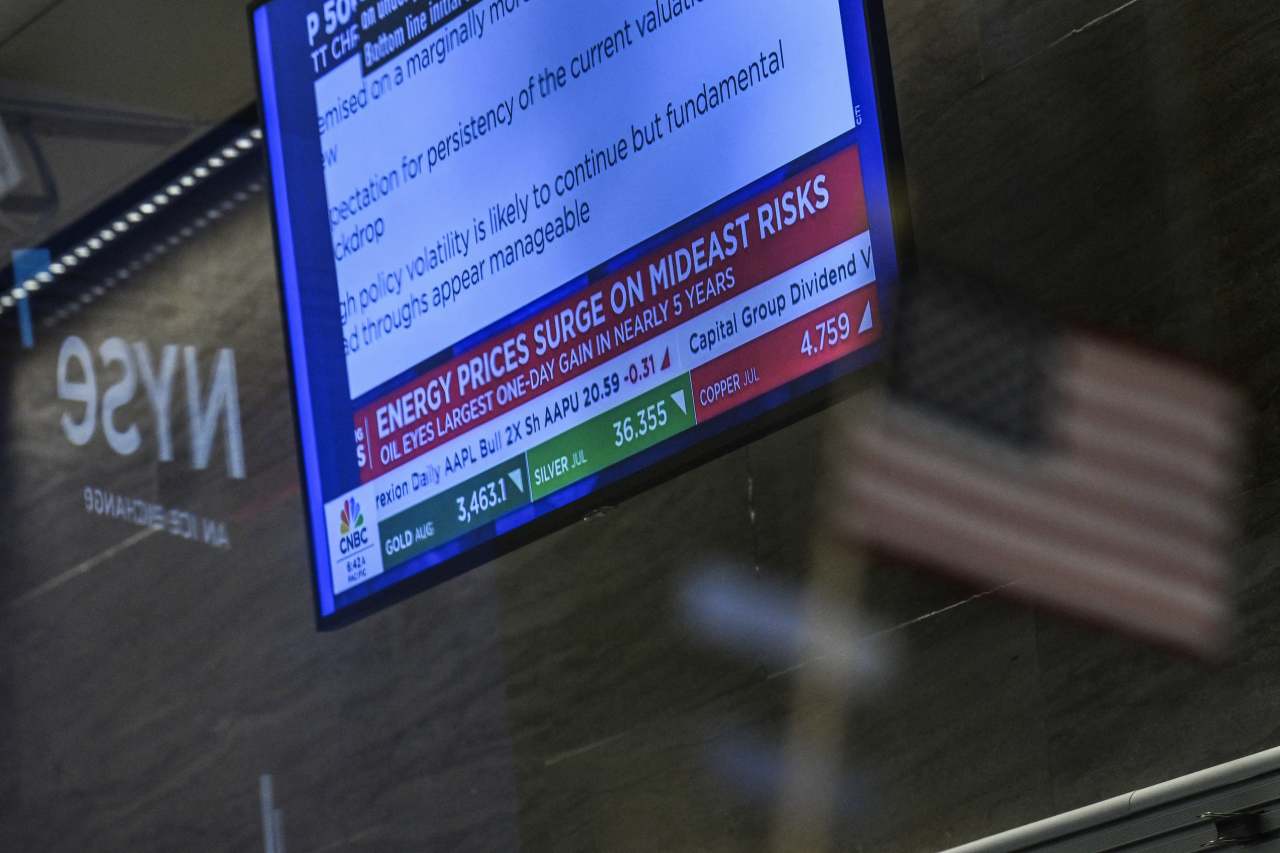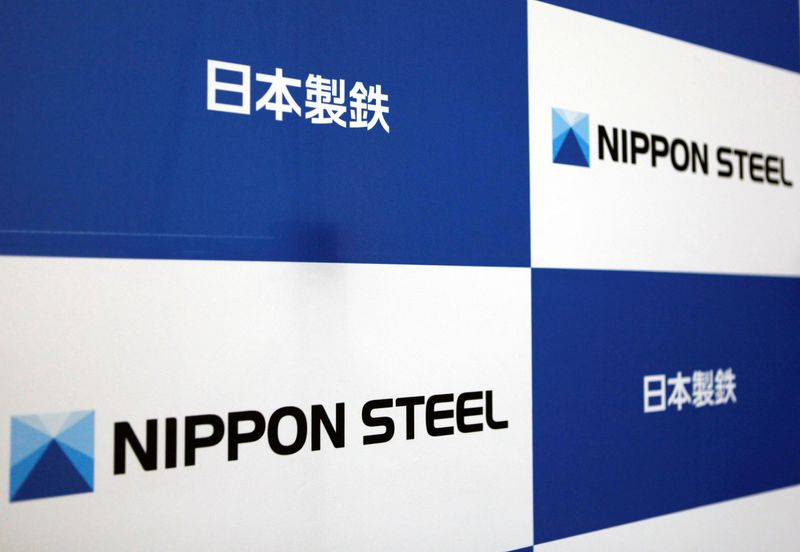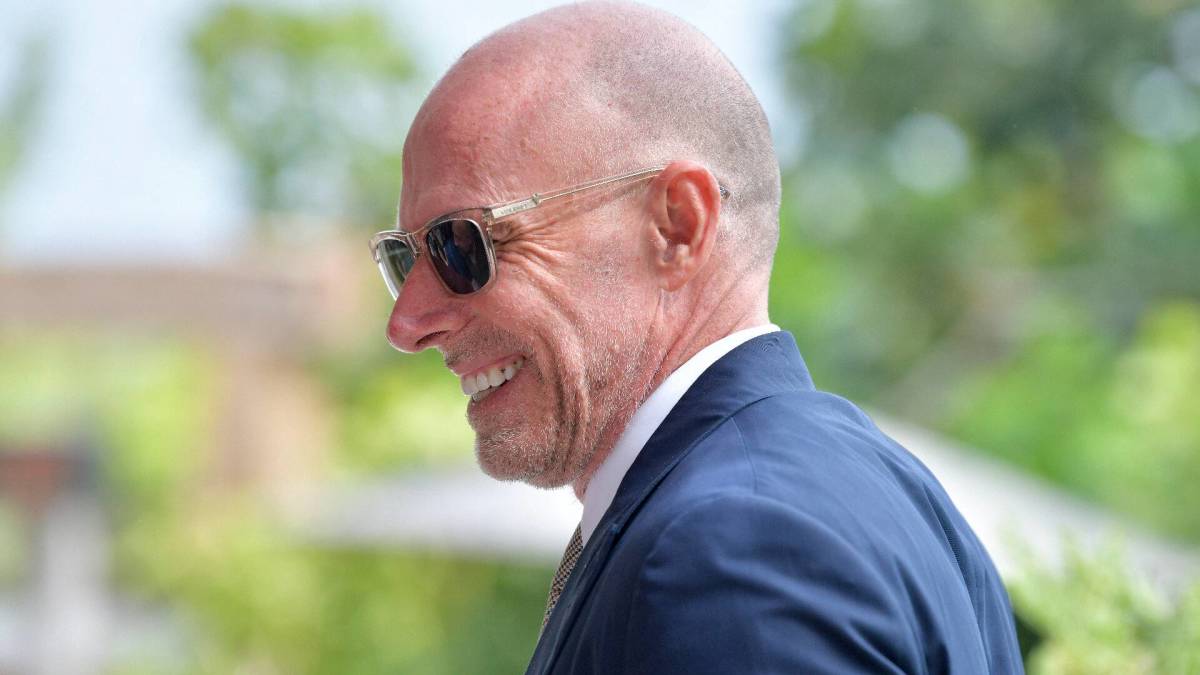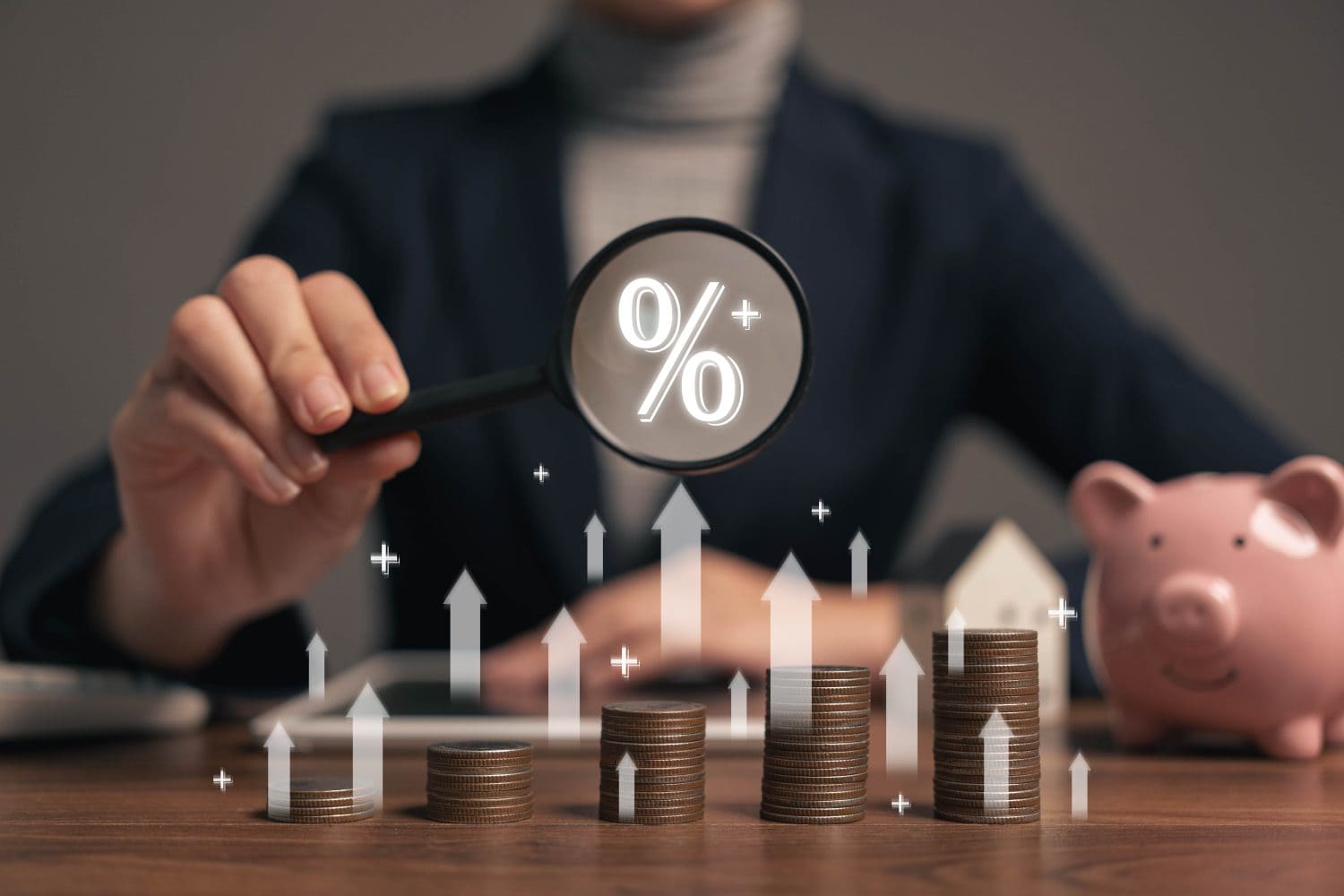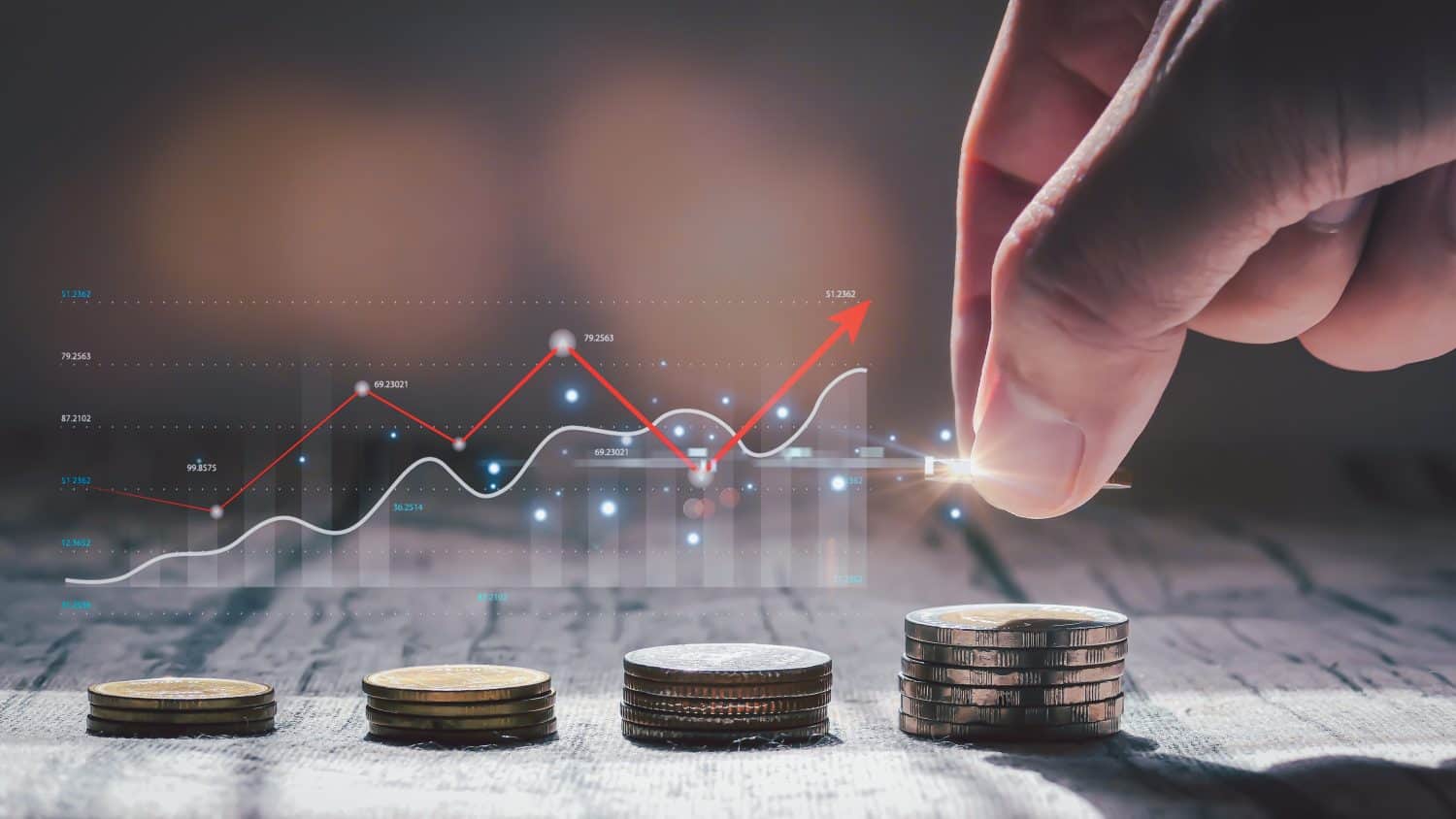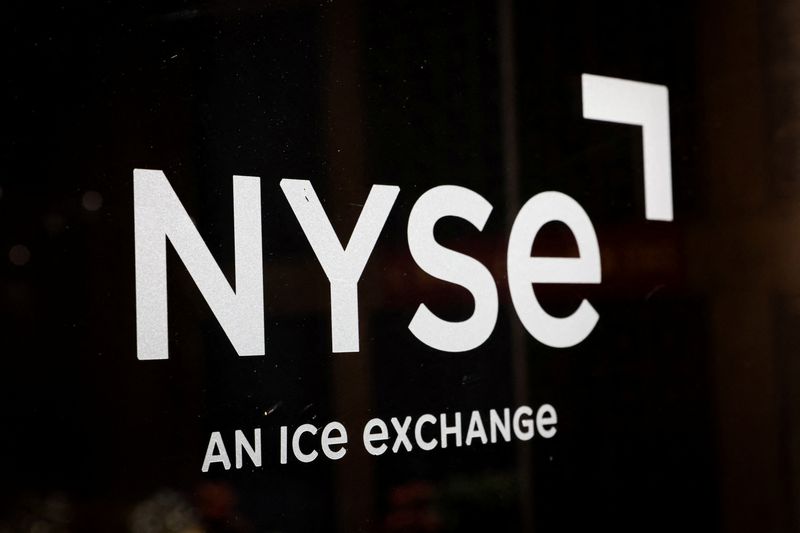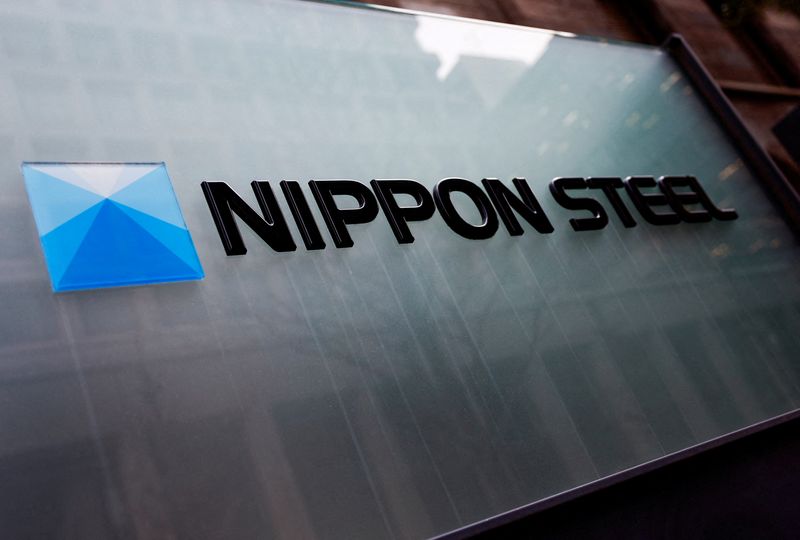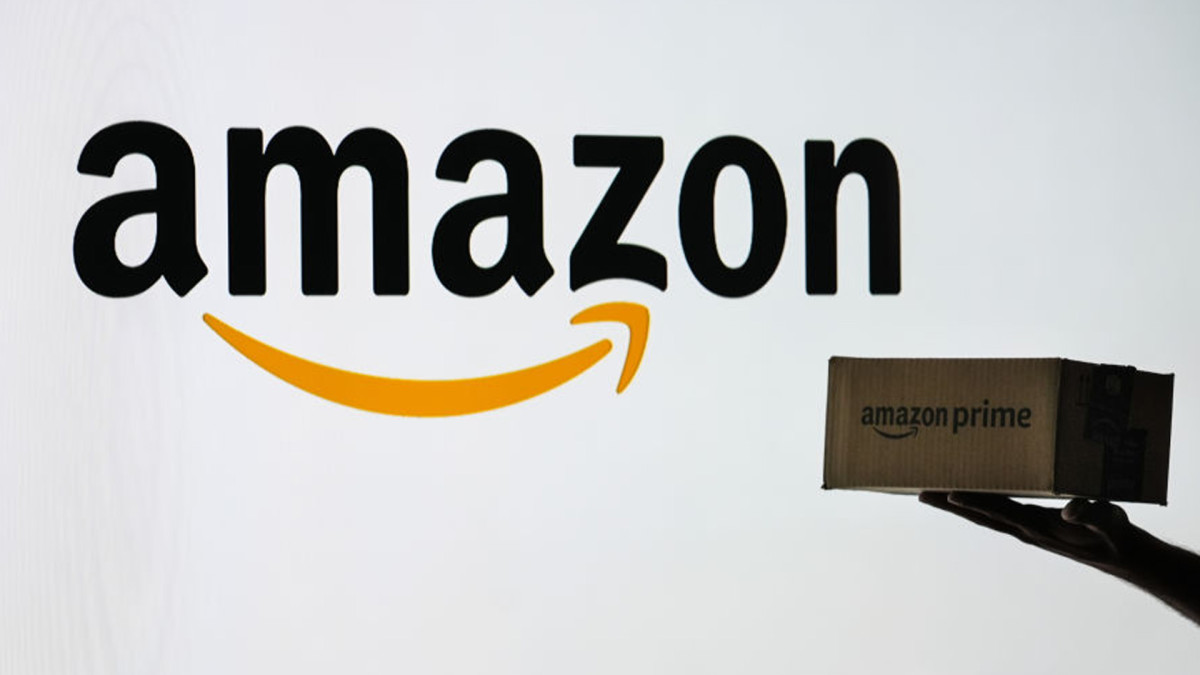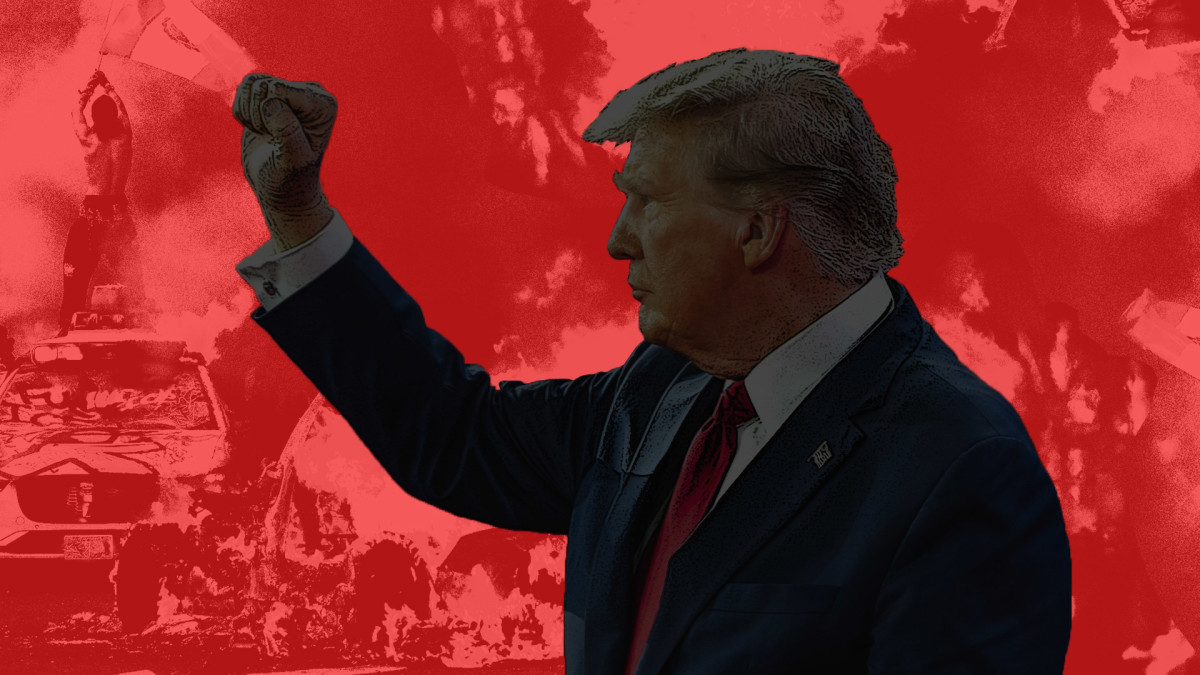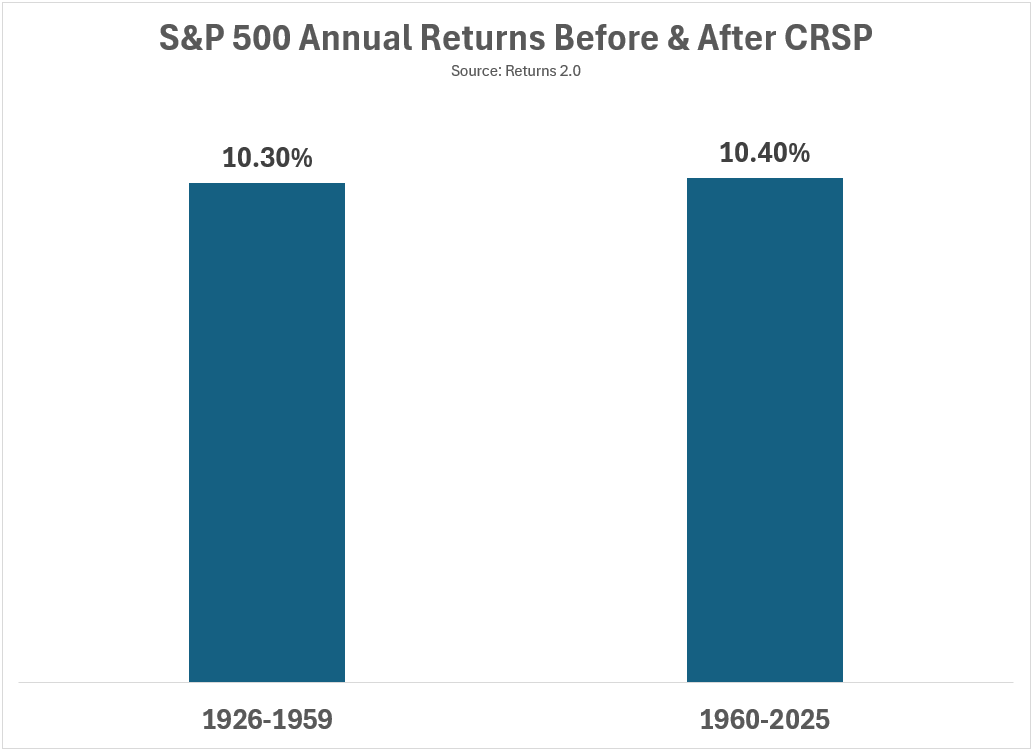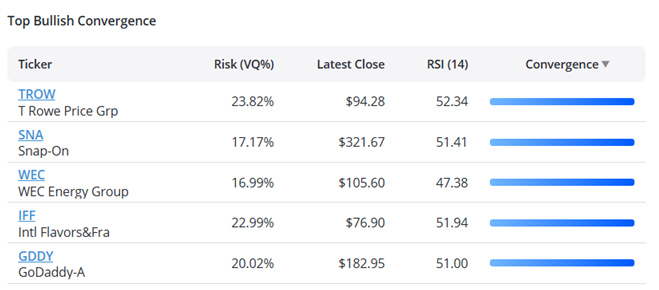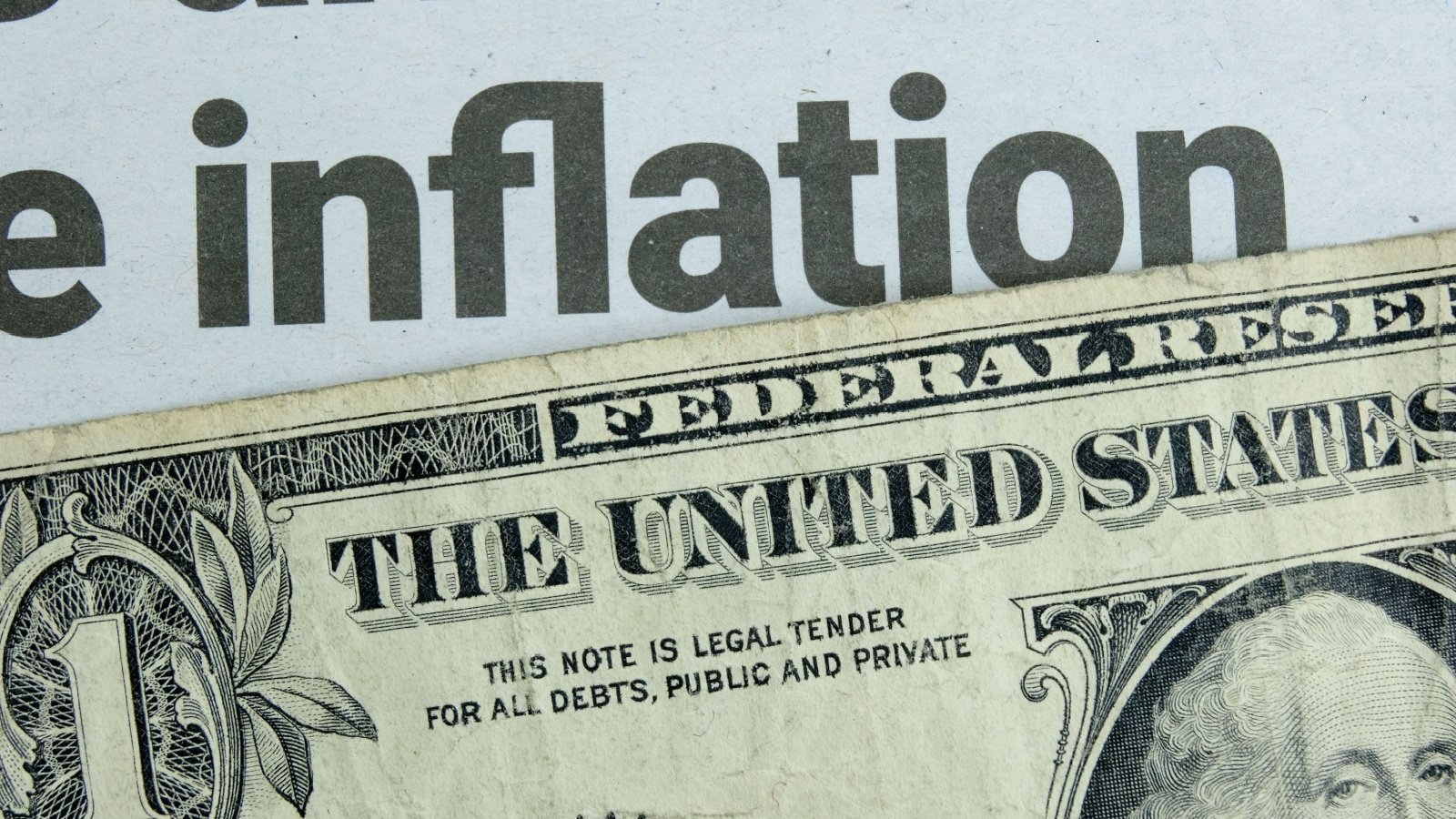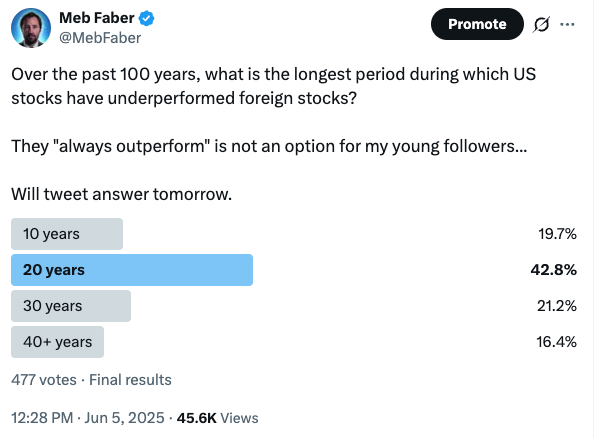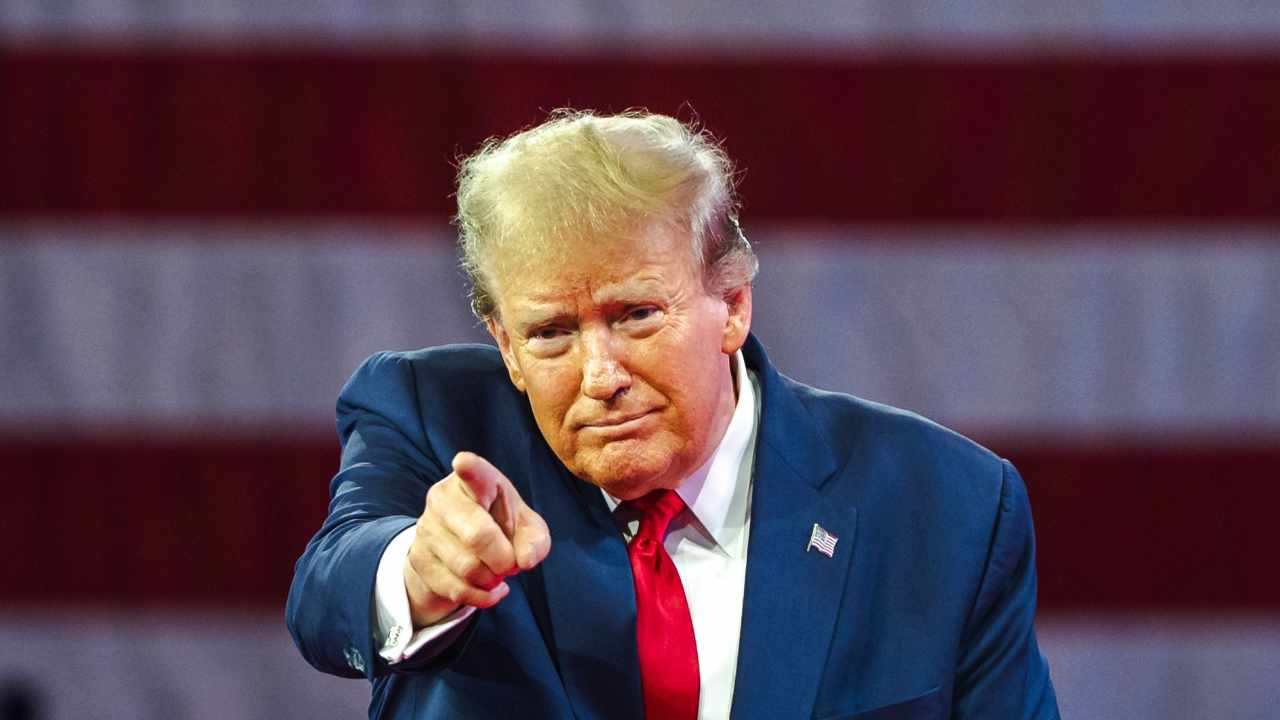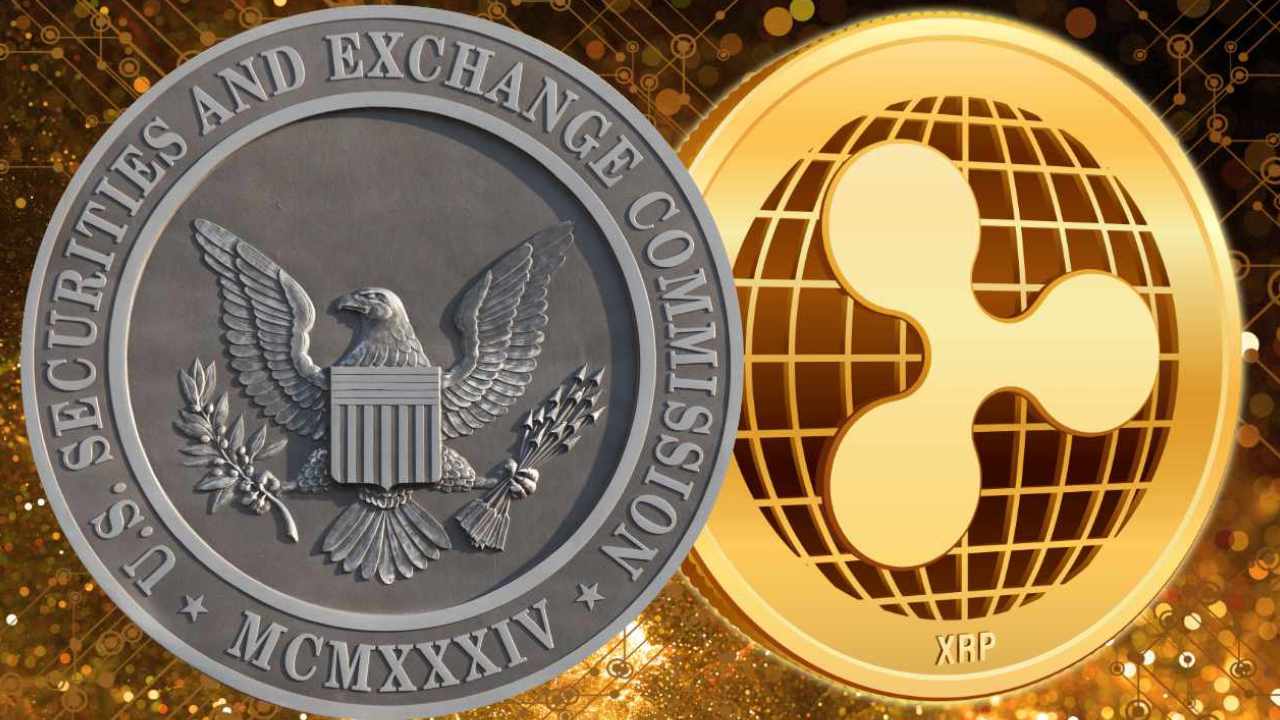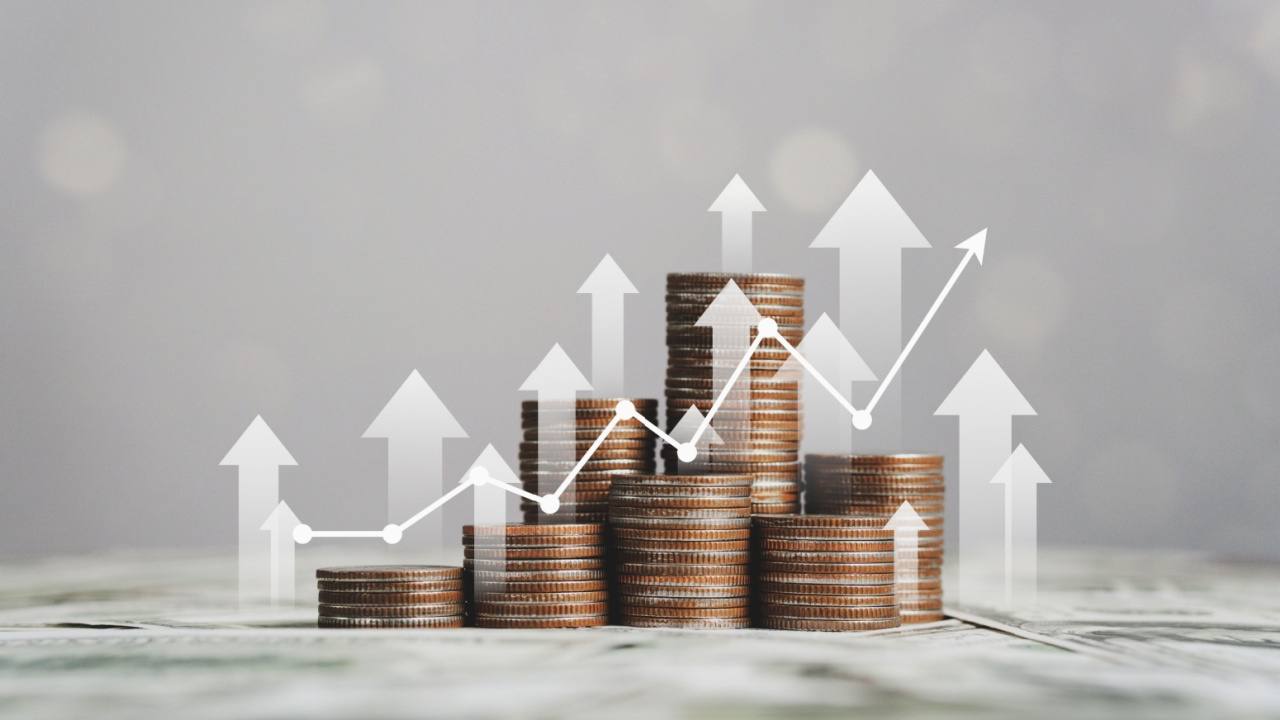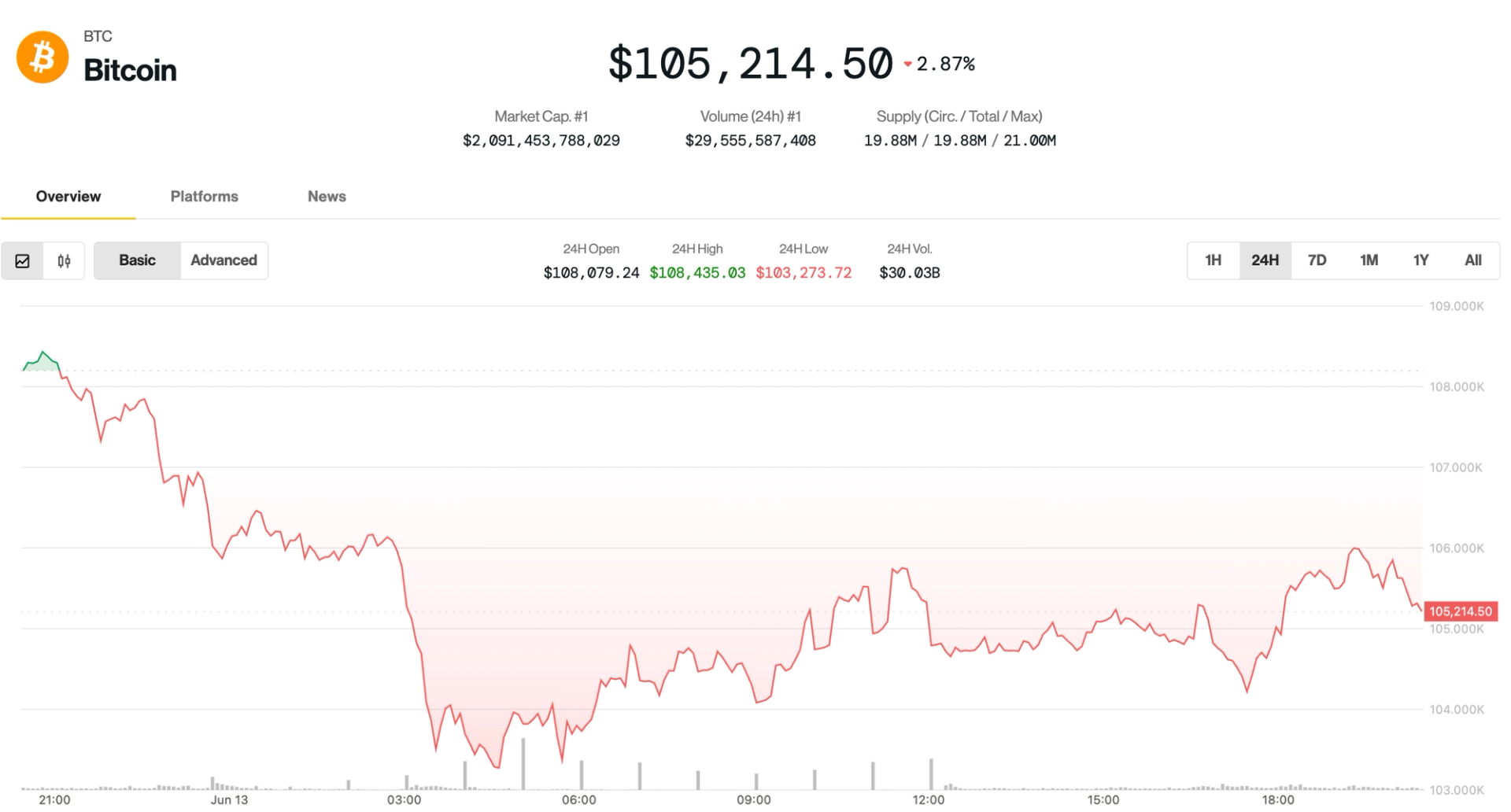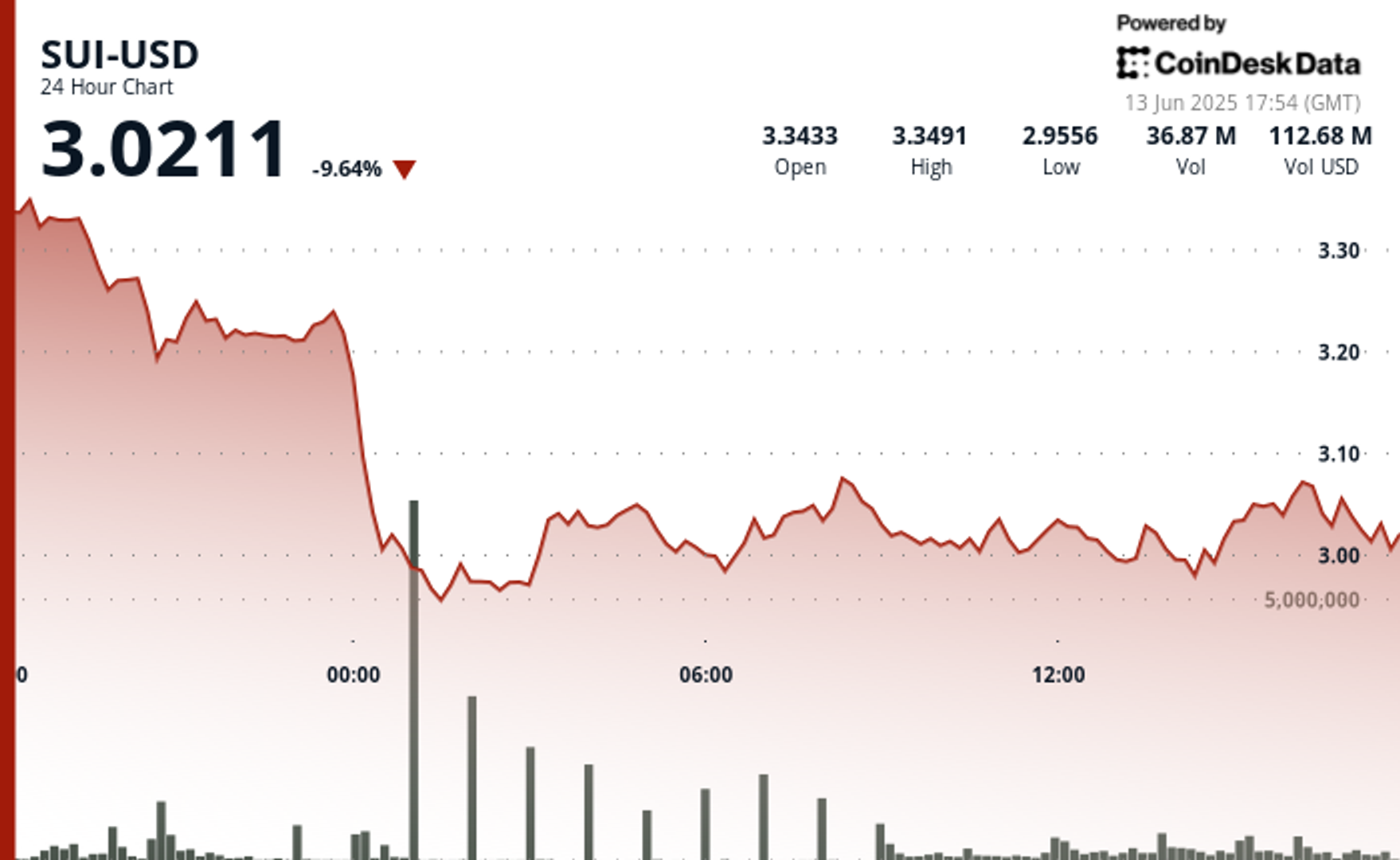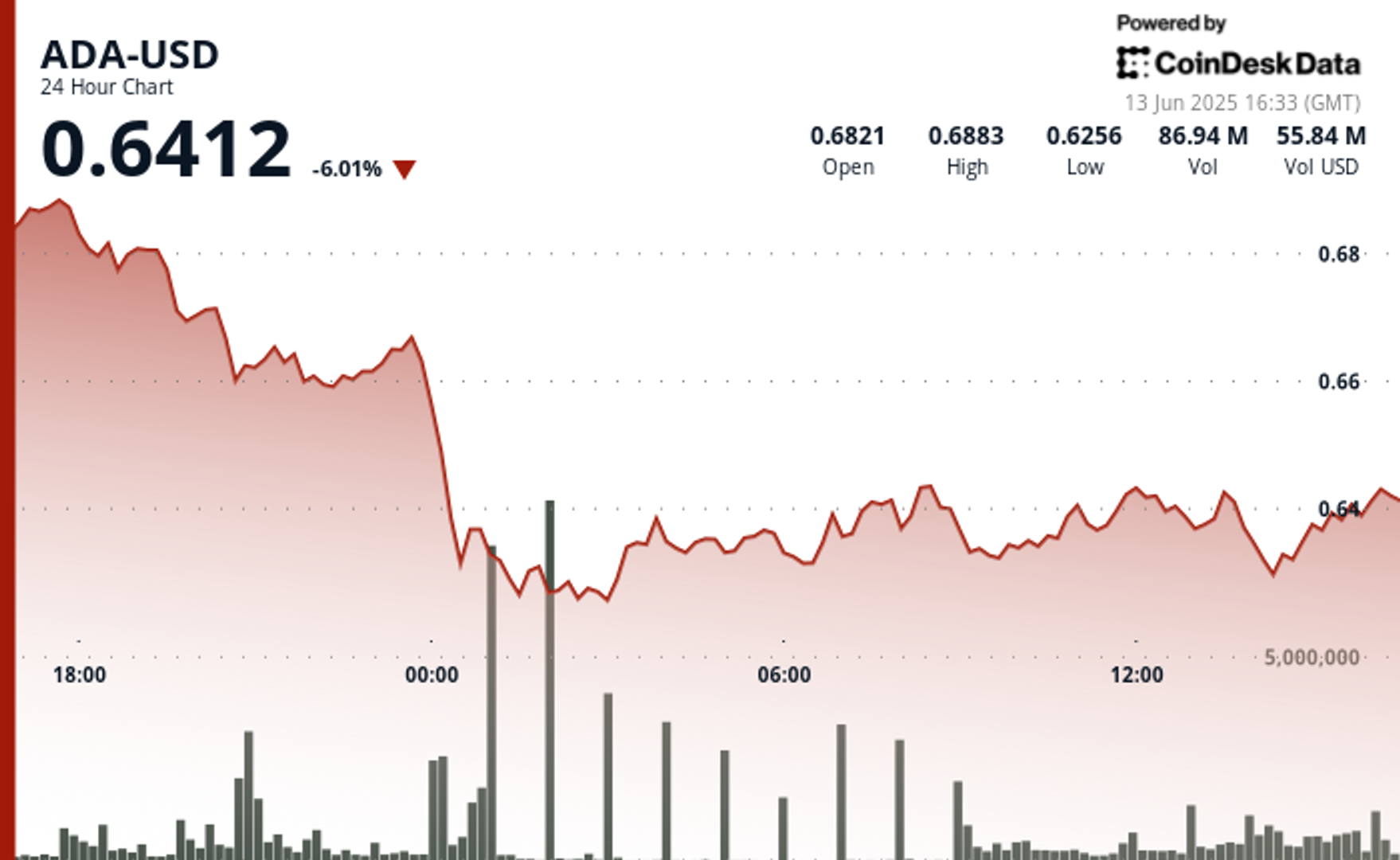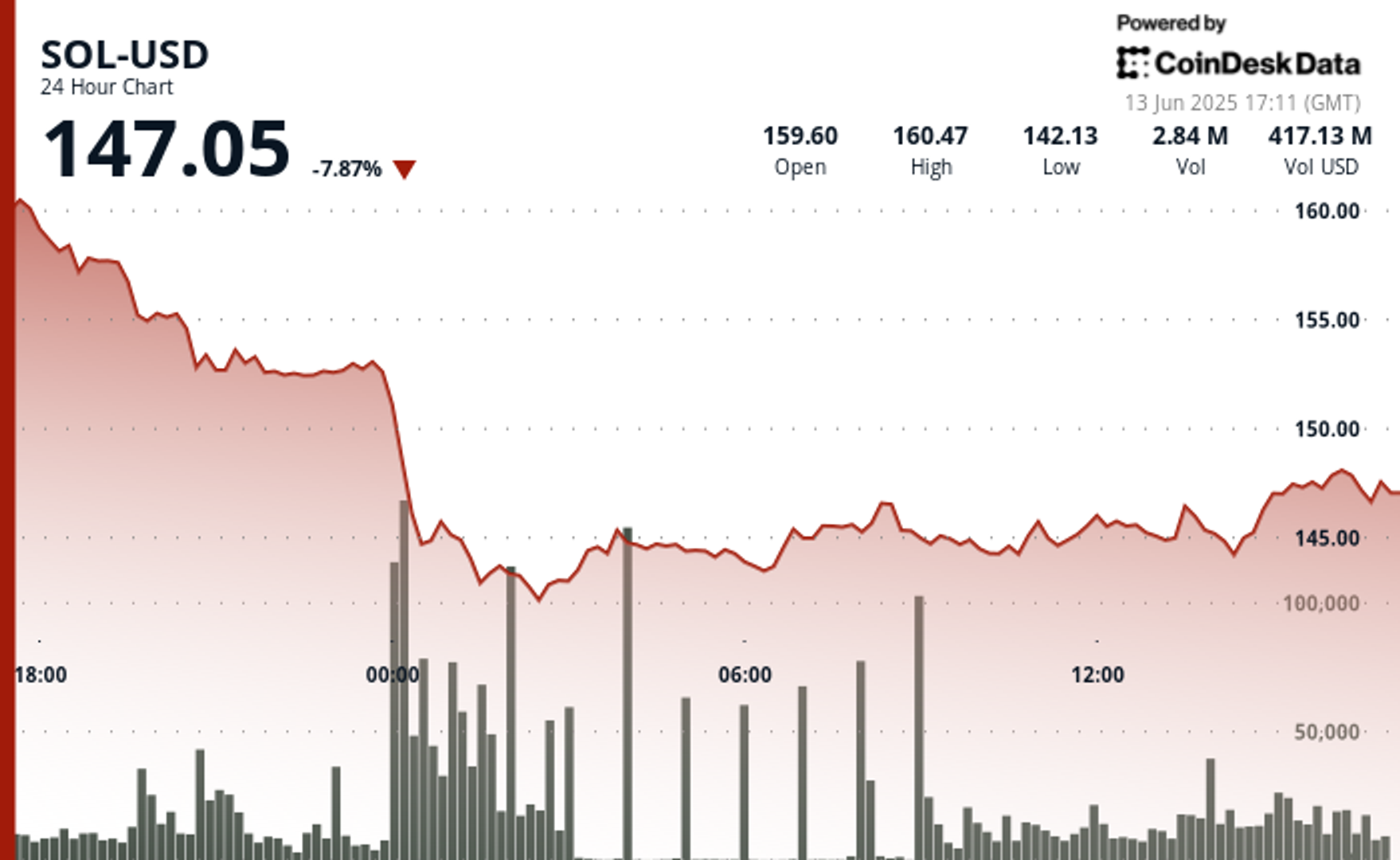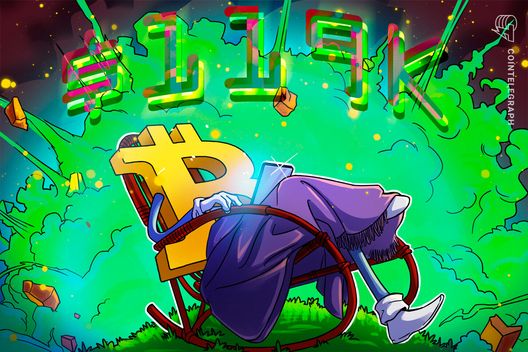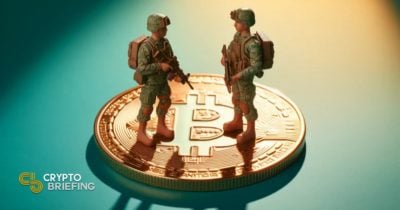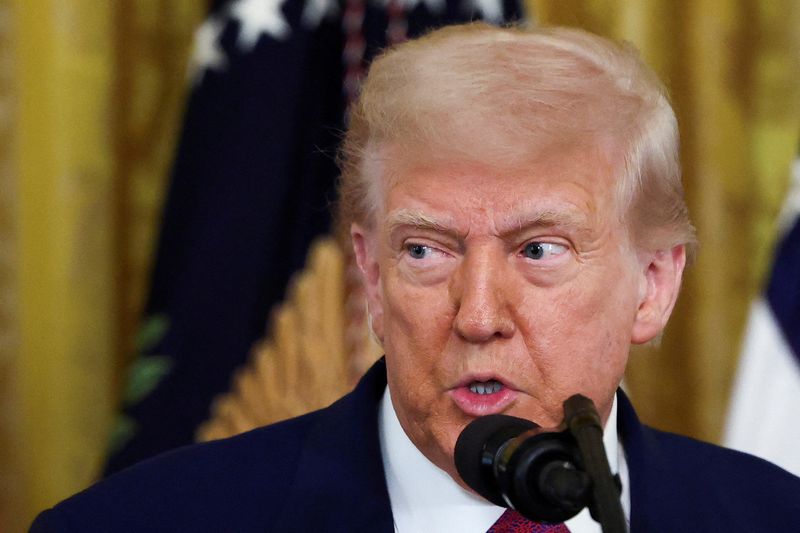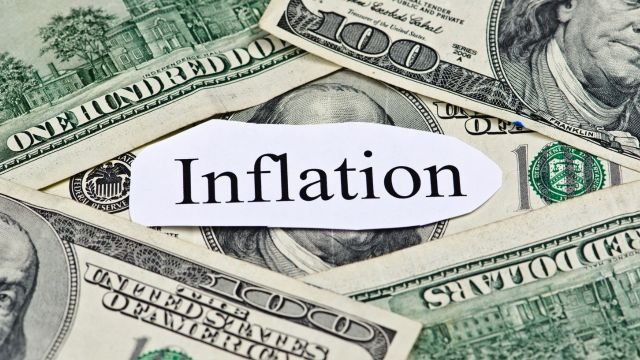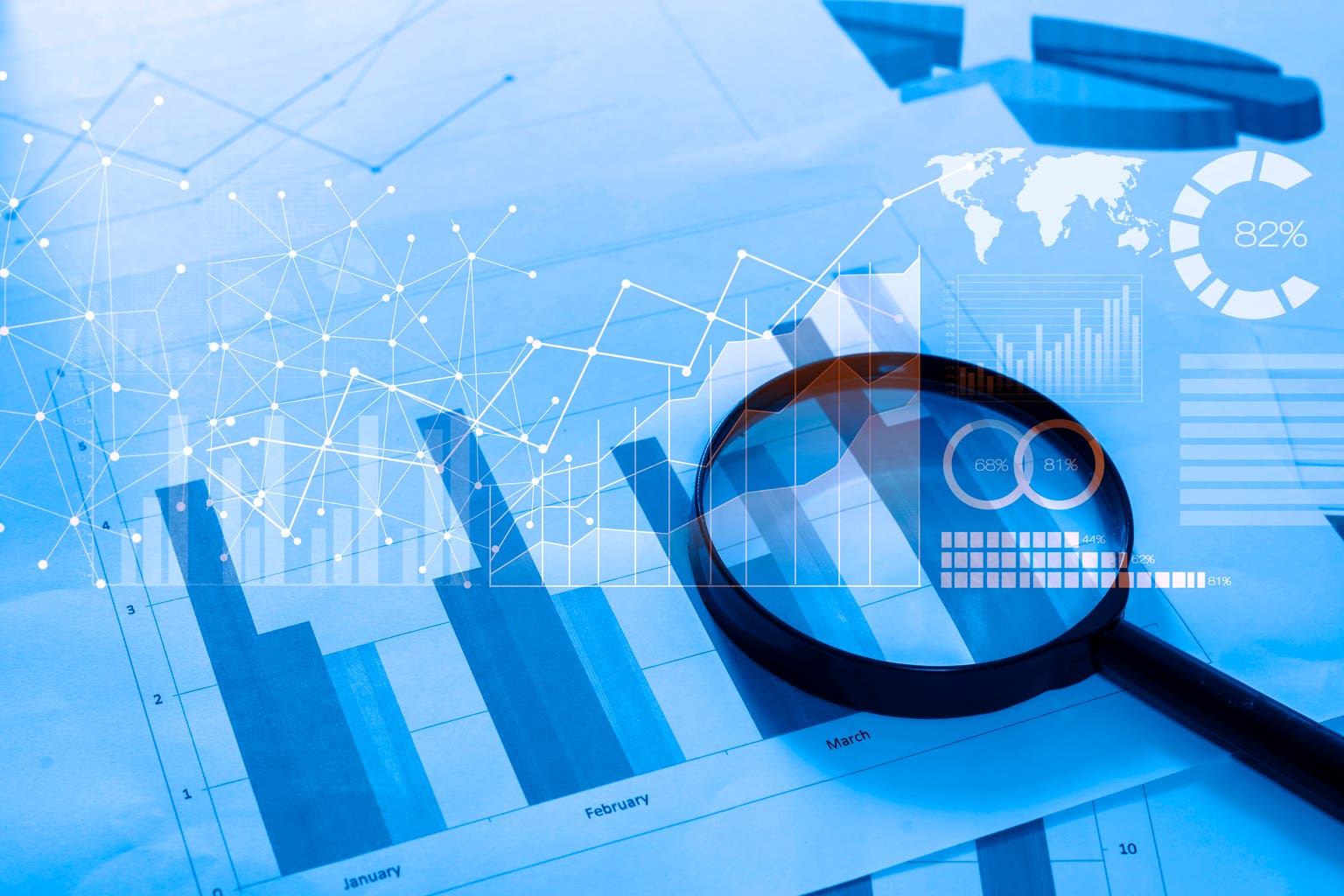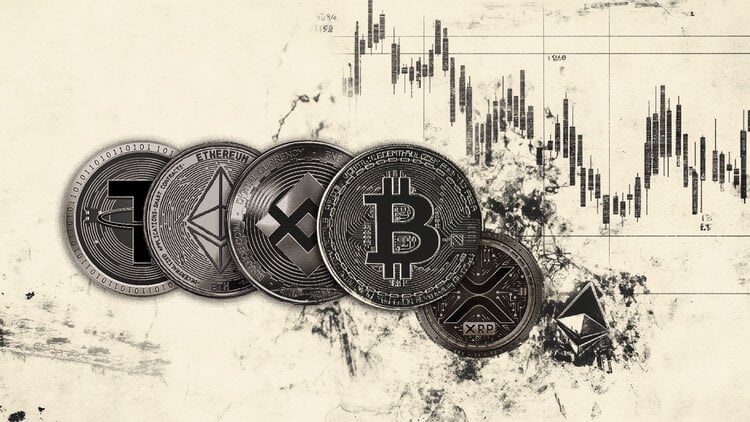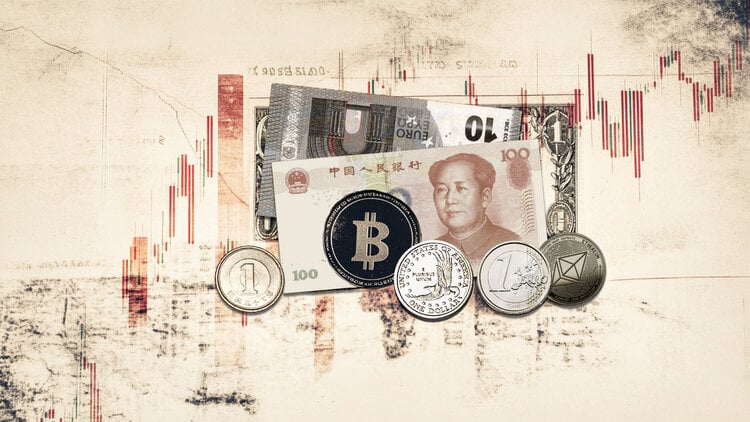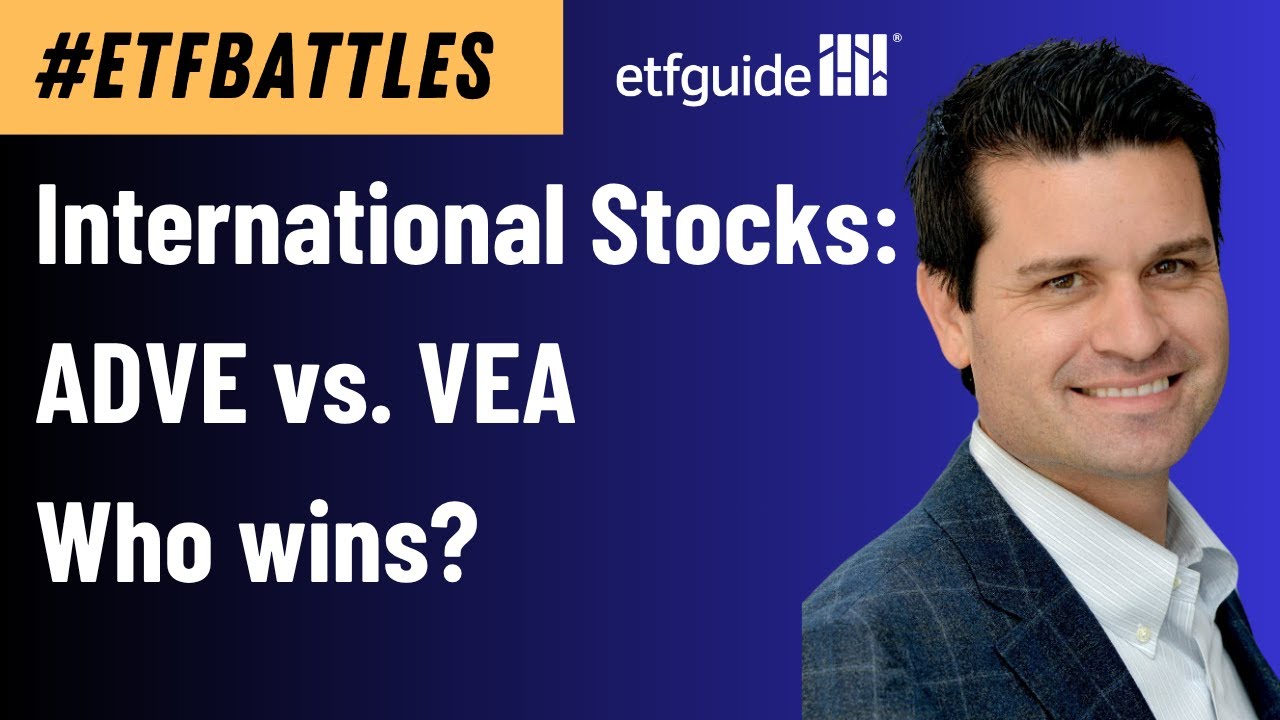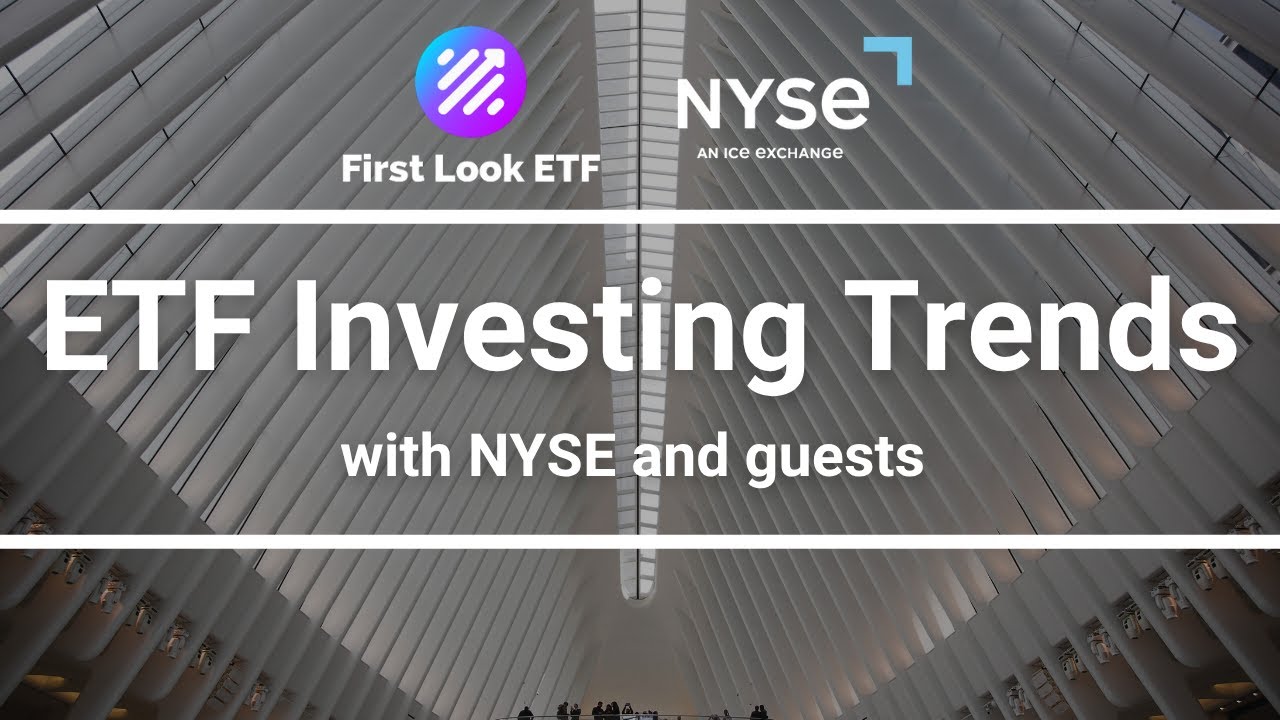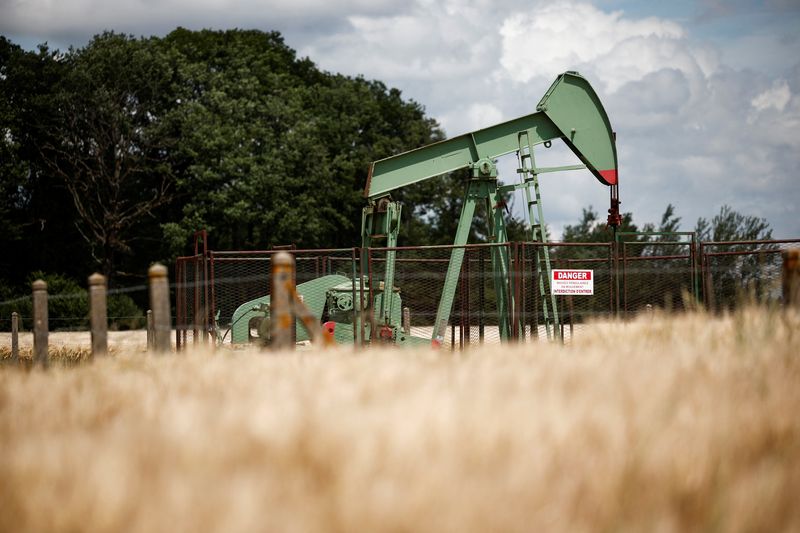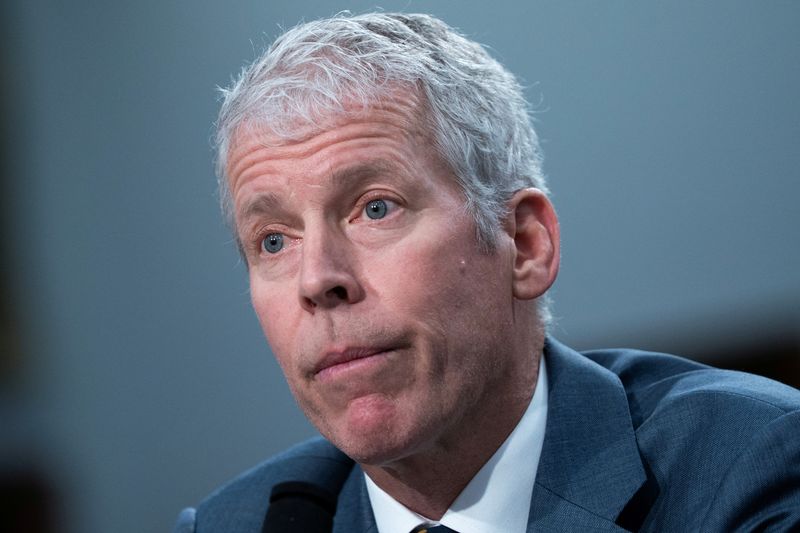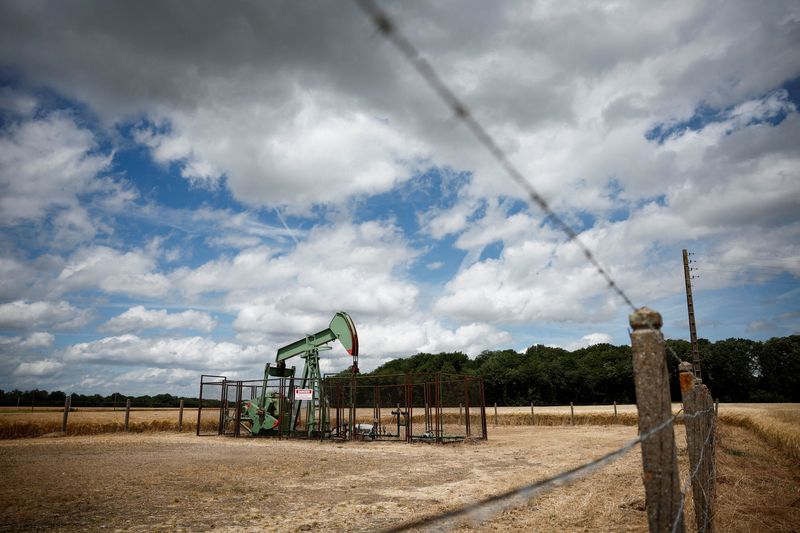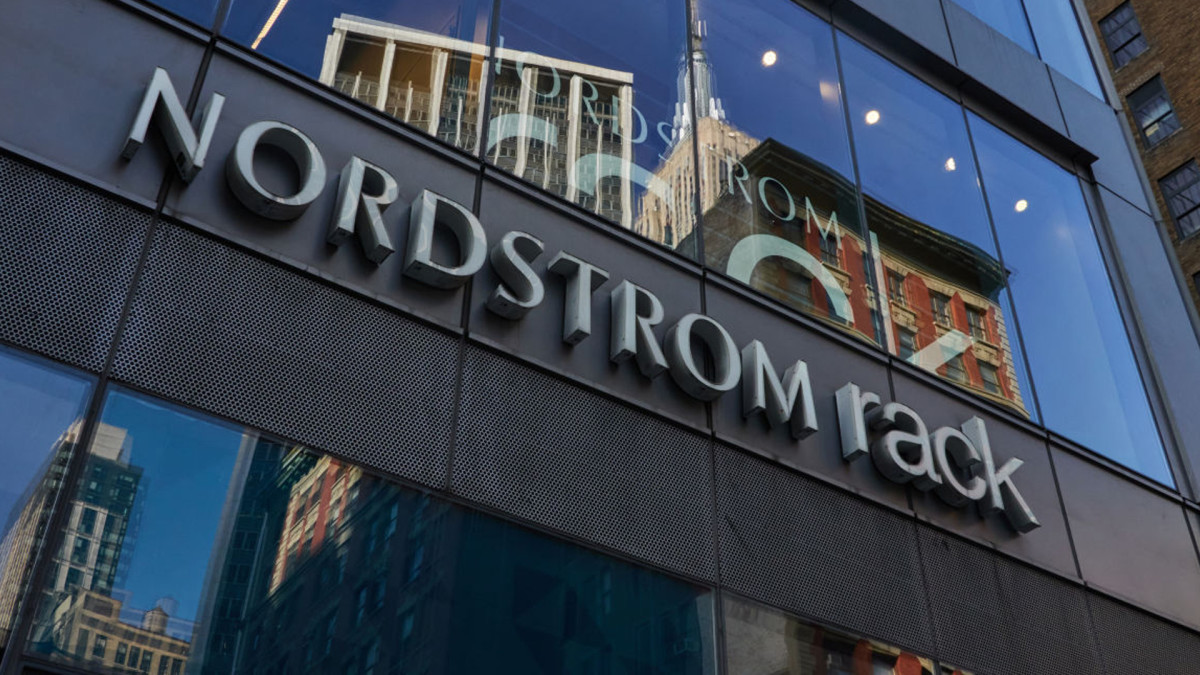Legendary fund manager sends blunt 3-word message on economy
The billionaire hedge fund manager delivered a startling message.
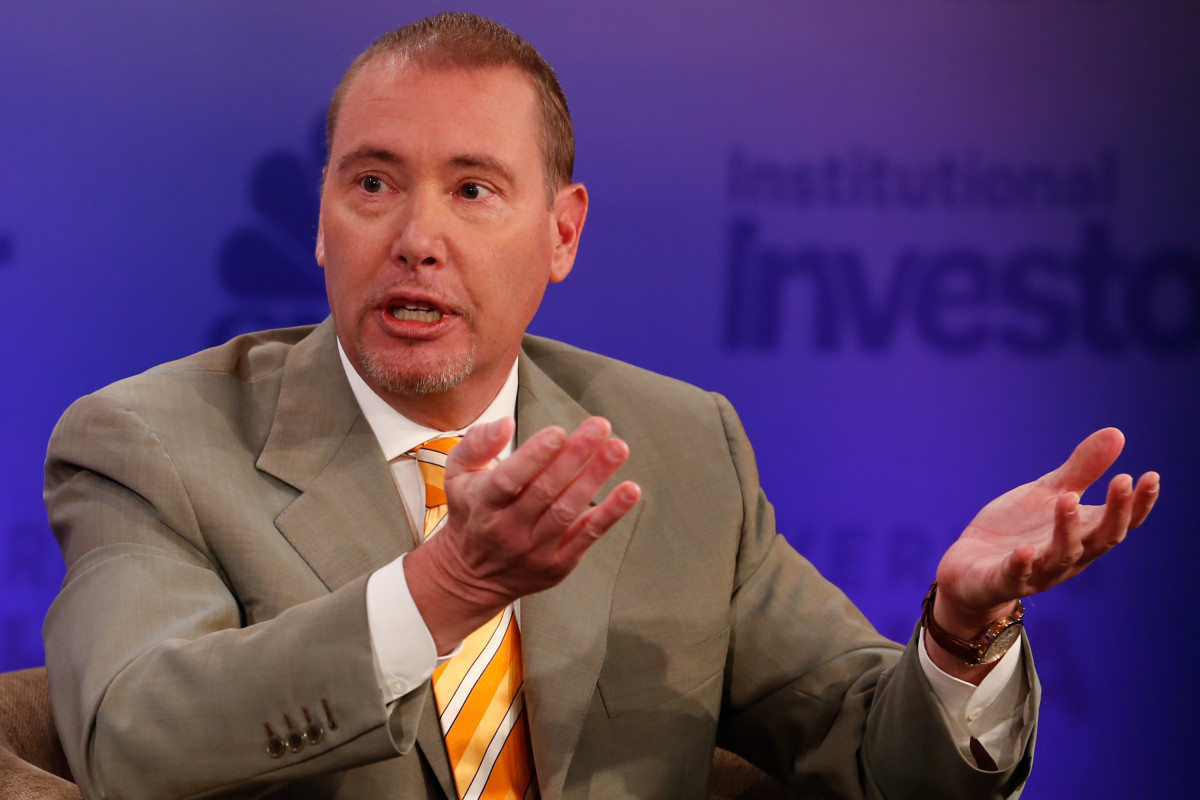
There's been considerable debate over the US economy this year. After delivering solid growth in 2024 that propelled the S&P 500 up 24%, worries have mounted that President Trump's tariffs scheme could fuel inflation, crimp spending, and send the economy, stocks, and bonds into a tailspin.
Those favoring tariffs argue they're the best way to strong-arm manufacturing back to America, while opponents say they're inflationary impact couldn't happen at a worse time, given increasing unemployment.
Related: Billionaire fund manager sends strong message on Fed Chair Powell's future
It will take time to determine who is correct. Factories take considerable time to build, and most economists think tariffs' inflation impact on business and consumer spending trends won't really be felt until later this year.
There's also the chance that future trade deals reduce the tariff bite. However, that argument lost some of its strength this week when President Trump said that ongoing negotiations with China wouldn't result in lower tariffs on Chinese imports.
Undeniably, this dynamic means there's significant uncertainty, and historically, that's not a great recipe for a strong economy or stock market.
The potential for the US economy to cause problems for stocks and bonds isn't lost on billionaire hedge fund manager Jeffrey Gundlach, the founder of DoubleLine, a hedge fund with over $90 billion in assets under management.
Gundlach recently offered a blunt assessment of the market's future, and given his professional experience since the mid-1980s, investors ought to consider his advice carefully.
U.S. economy at crossroads, Fed cornered
A flood of monetary and fiscal stimulus saved the US economy from a Covid-driven depression in 2020, but it sparked runaway inflation that forced the Federal Reserve to employ the most hawkish rate hikes since the 1980s when Fed Chair Paul Volcker won a war against skyrocketing inflation.
The Fed's rate hikes worked, given that inflation has fallen below 3% from over 8% in 2022, but they've done so at a cost. The drag of higher rates has caused layoffs, lifting the US unemployment rate to 4.2% from 3.4% in 2023.
Related: Surprising inflation, China news sends S&P 500 stumbling
The uptick in joblessness prompted Fed Chair Jerome Powell to switch gears again, cutting rates last September, November, and December. However, those cuts have yet to improve employment meaningfully, and they've arguably set the stage for inflation to reassert itself.
President Trump's tariff plans compound the worry over inflation. In February, he enacted 25% tariffs on Canada and Mexico. In April, he announced 25% tariffs on autos. While he's temporarily walked back the worst of his reciprocal tariffs, a 10% baseline tariff and a roughly 55% US tariff on China remain.
Those tariffs pose a high threat to the US economy. Since China joined the World Trade Organization in 2001, the US and China have become increasingly entwined. Most US companies, including manufacturers, source goods from China, especially automakers and retailers whose supply chains are particularly reliant.
The rising costs associated with higher import taxes will likely force companies to raise consumer prices or take a hit to their bottom line. Higher prices will likely crimp revenue growth, while smaller profit margins reduce earnings. That's not a great backdrop for higher stock prices, given revenue and profit growth are cornerstones of stock market valuation.
Perhaps unsurprisingly, the situation has affected consumer confidence. The Conference Board's closely watched Expectations Index was 72.8 last month, below the threshold of 80 that often signals a looming recession.
Jeffrey Gundlach sends curt 3-word message on the U.S. economy
Gundlach's forty-year career managing money means he's seen a thing or two. His position at the top of one of the largest hedge funds gives him insight across sectors, industries, and asset classes.
Related: CPI inflation report resets interest rate cut bets
He's not a fan of what's happening. And unlike during Covid, the US isn't nearly in the shape it was to prevent any future recession with stimulus, given the size of the U.S. debt pile.
“There’s an awareness now that the long-term Treasury bond is not a legitimate flight-to-quality asset,” said Gundlach in a Bloomberg interview. "It's not responding to lower interest rates."
If true, that would mark a major shift. Historically, global investors have sought safety in Treasuries, viewing them as essentially risk-free assets.
"In the last 15 years, there have been a number of corrections in the S&P 500, and in every single one of them, when the S&P 500 goes down more than 10%, the trade-weighted dollar index goes up. This time the Dollar went down... Usually, when the Fed starts cutting interest rates, rates across the yield curve go down...this time, the 10-year went up," noted Gundlach.
More Economic Analysis:
- Hedge-fund manager sees U.S. becoming Greece
- A critical industry is slamming the economy
- Reports may show whether the economy is toughing out the tariffs
Gundlach worries that yields on US Treasuries could rise significantly, reaching 6%. That would be good news for retirees pocketing fixed income, but it would be a major headwind for corporations and households who became addicted to the Fed's previous zero-interest rate policy, or ZIRP.
"The interest expense for the United States is untenable if we continue running a $2.1 trillion budget deficit," said Gundlach.
The 10-year Treasury note and 30-year Treasury bond yields are currently 4.39% and 4.88%. The 10-year Treasury yield is often used to inform mortgage rates, so a big uptick in its yields would send ripples through the housing market.
He also thinks we may have seen the low in inflation for now, suggesting household budgets will get more crimped.
"We're likely seeing the low point in near-term inflation," said Gundlach.
Overall, Gundlach offered a blunt conclusion: "A reckoning is coming.”
Related: Veteran fund manager who predicted April rally updates S&P 500 forecast




















